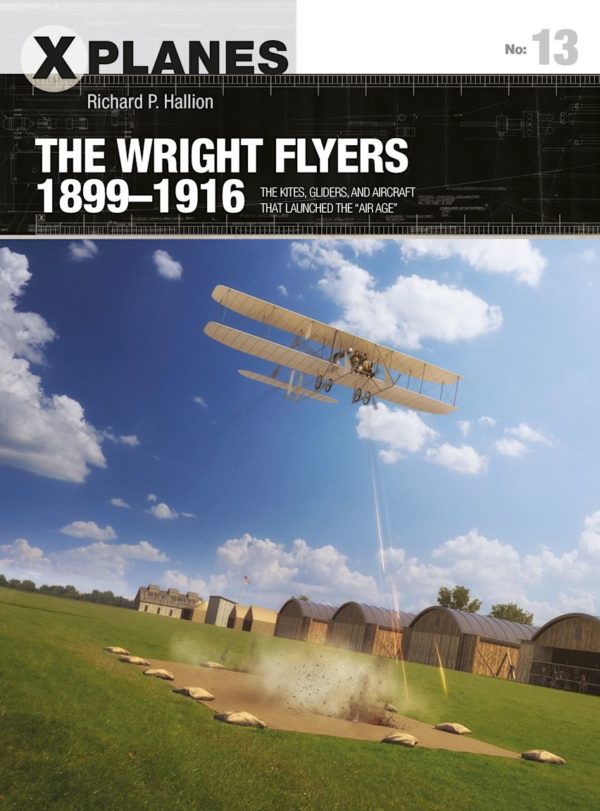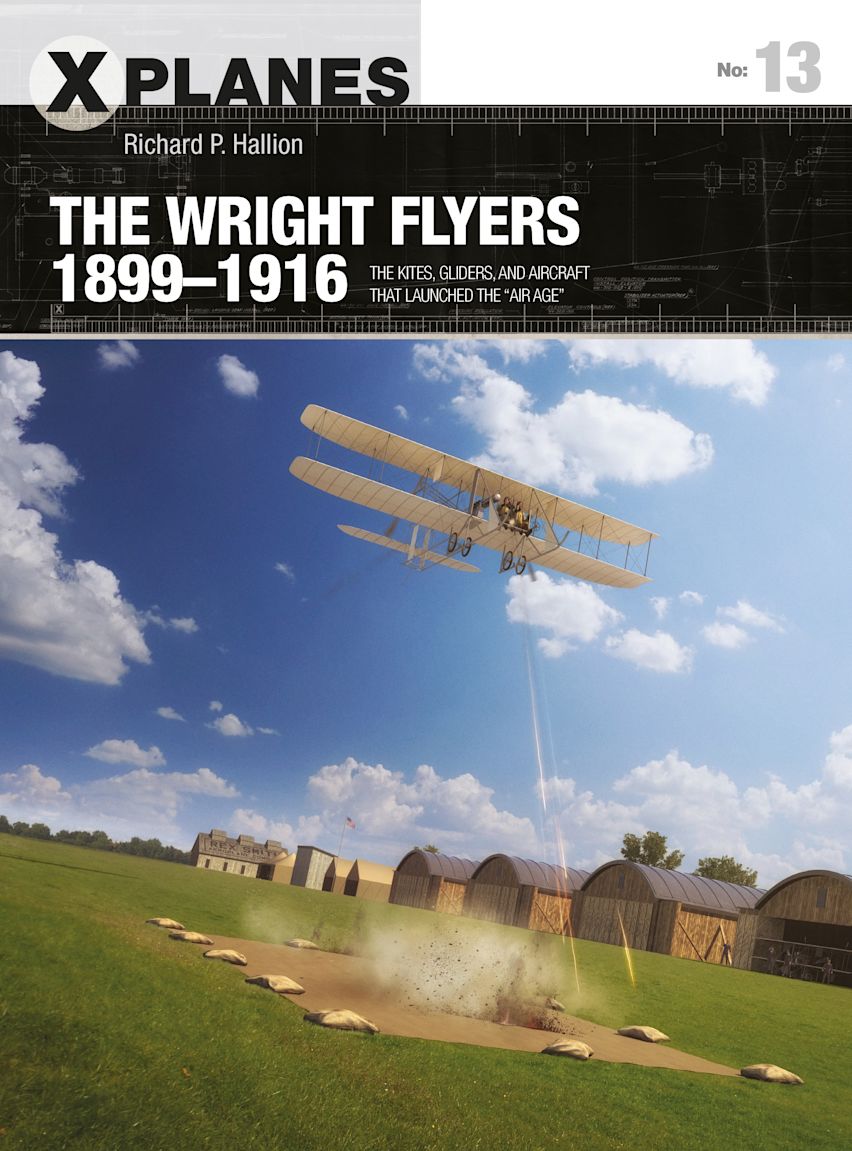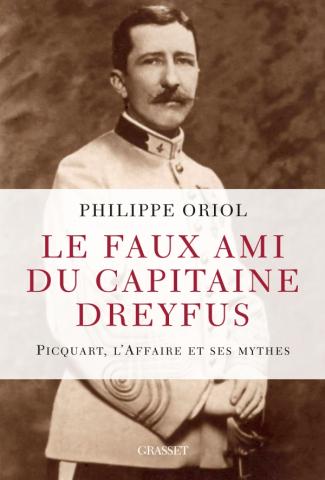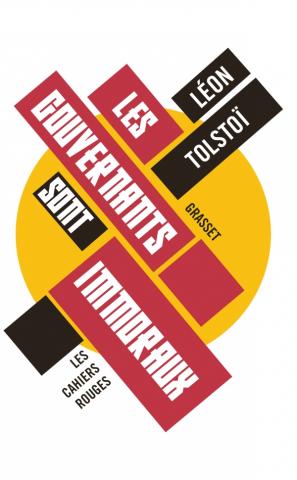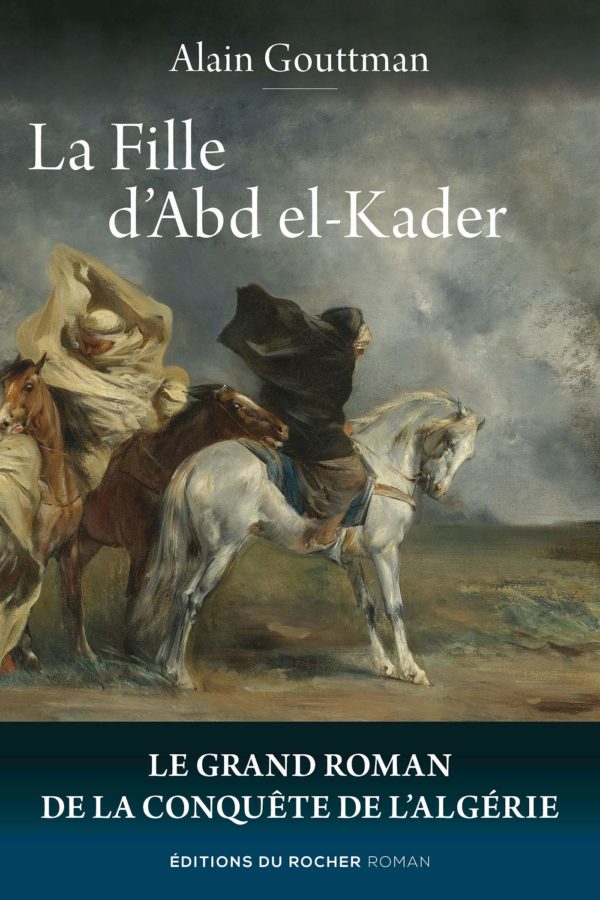Résumé
The kites, gliders, and aircraft that launched the “Air Age”
Orville and Wilbur Wright, two bicycle-making brothers from Dayton, Ohio, secured their place as the most famous names in aviation history when, on December 17, 1903, they made the first powered, controlled, and sustained heavier-than-air flight. But their success over the cold and windswept Carolina dunes that day has overshadowed their many other accomplishments before and after that historic flight. The Wrights’ progression from theory to analysis to ground-testing components and wing shapes, and then to flight-testing kites, gliders, and their first powered aeroplane, marked the world’s first successful ‘X-Plane’ research and development programme. They established a template all subsequent aircraft have followed, one still relevant in the era of hypersonic flight and drone research.
This book traces the Wright Brothers’ story, from their first success on that cold December day throughout their glory years to their eventual eclipse by other aviators. It explores in detail the process that lead them to their pioneering craft and their many subsequent achievements over the following years, and highlights their enduring importance in the age of modern flight.
Table of Contents
Introduction /1899-1902: From kites to gliders and wind tunnel research /1903: The Kitty Hawk Flyer /1904-1907: Design refinement and the 1904, 1905, and 1907 machines /1908-1909: Demonstrations in America and Europe & the Wright Military Flyer /1910-1914: The later Wright Model B, EX, and others /1915-1916: End of the Wright era /Conclusion and Assessment /Bibliography
Richard P. Hallion (Author) , Adam Tooby (Illustrator)
Détails produit : broché, grand format, 9781472837776, en anglais, neuf, disponible sous 10 jours.

